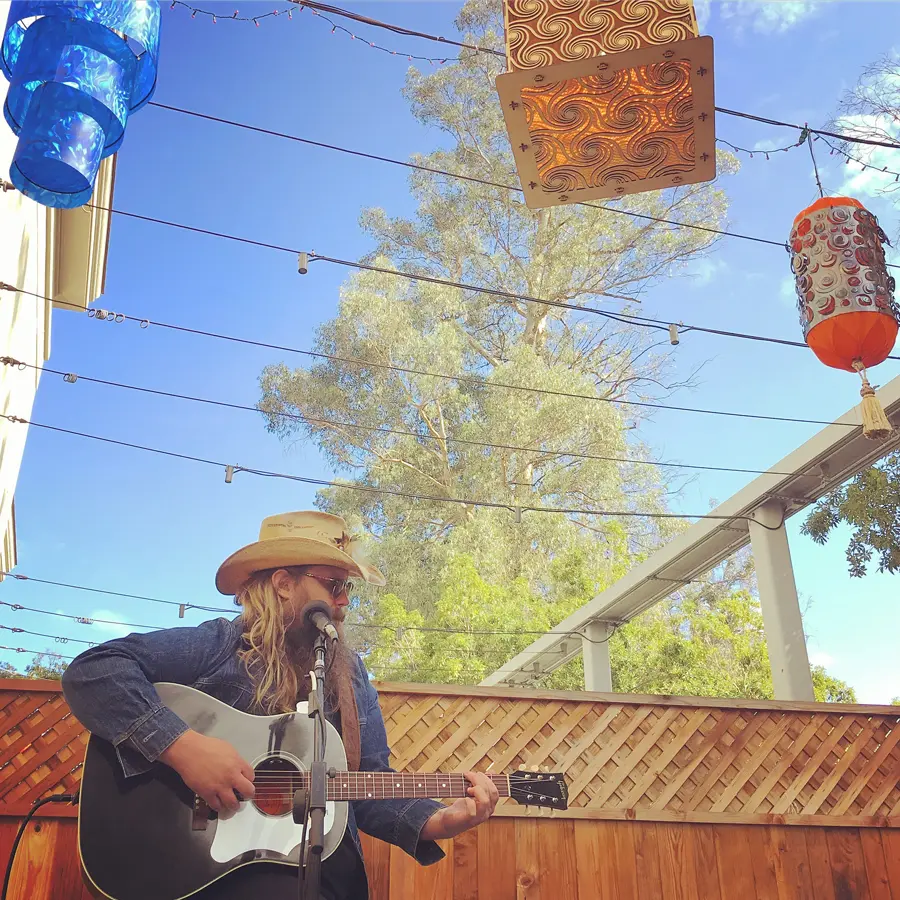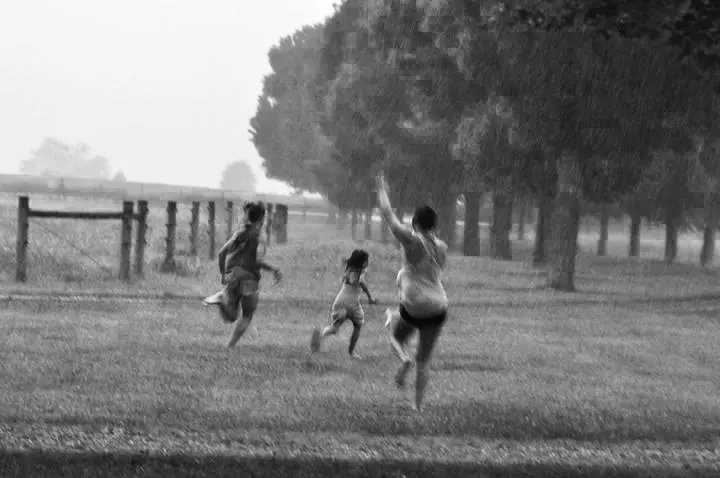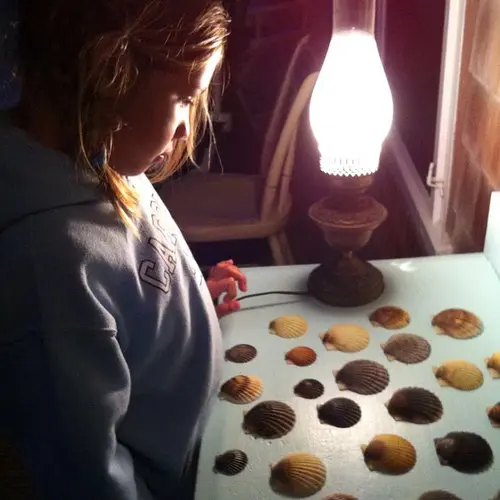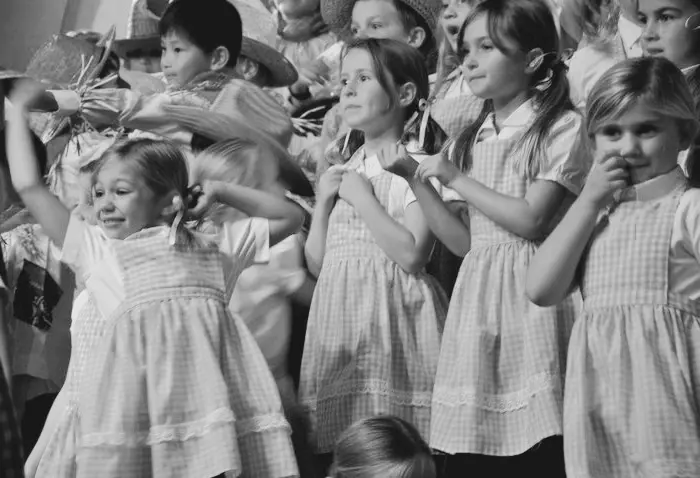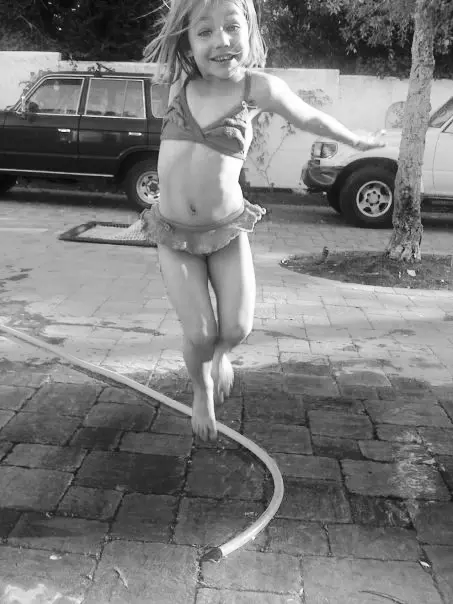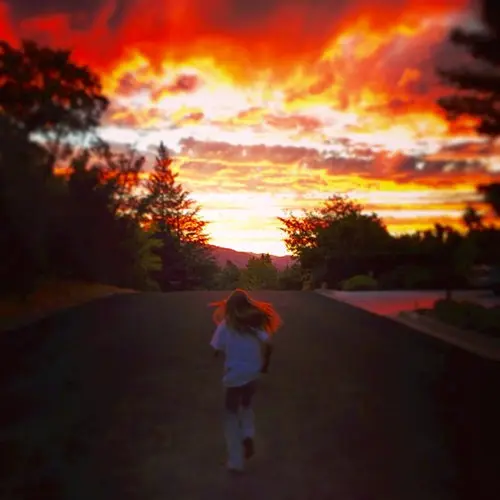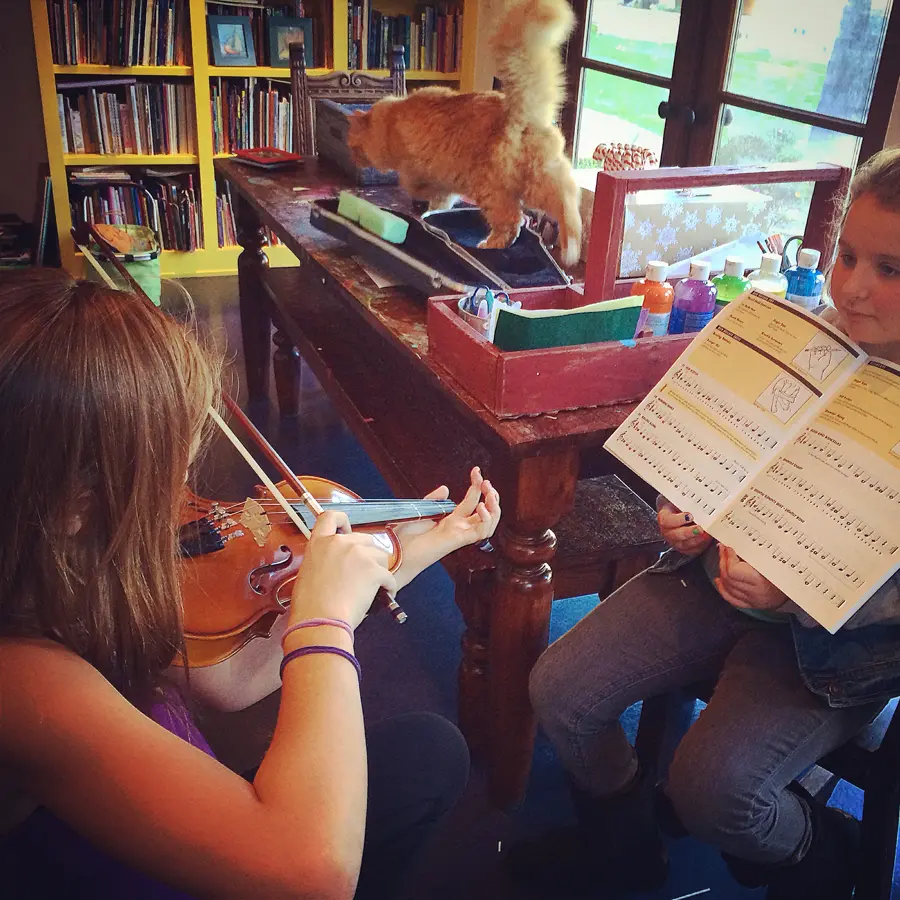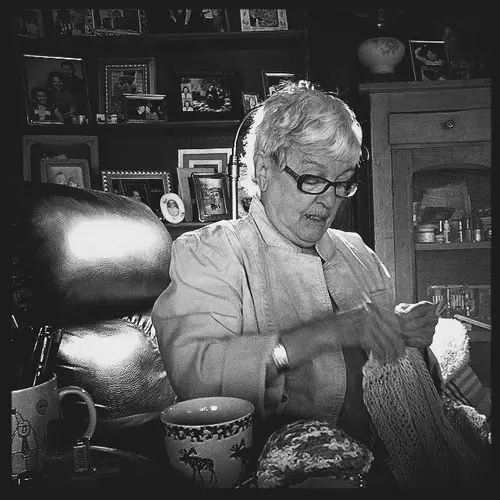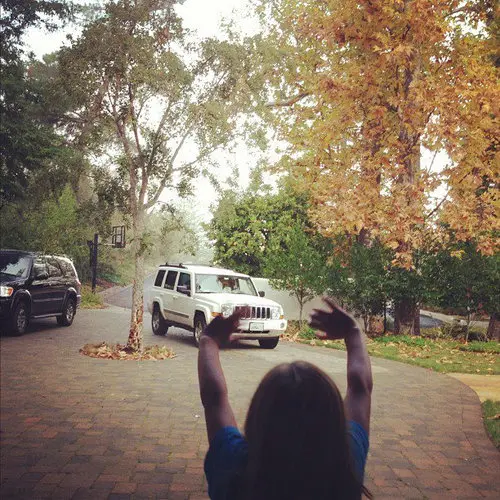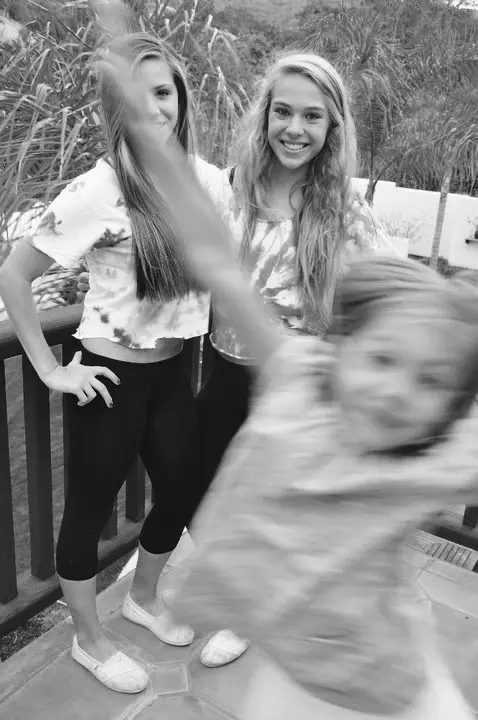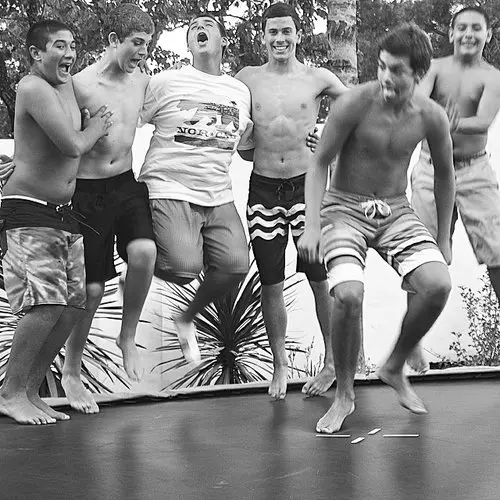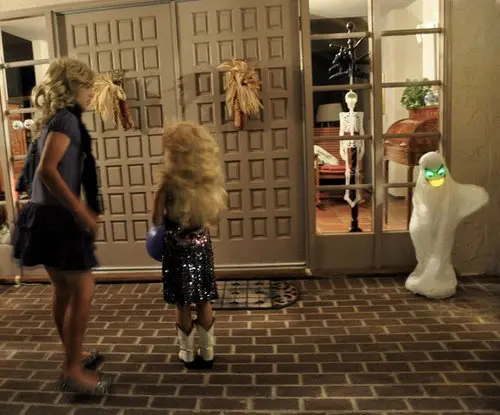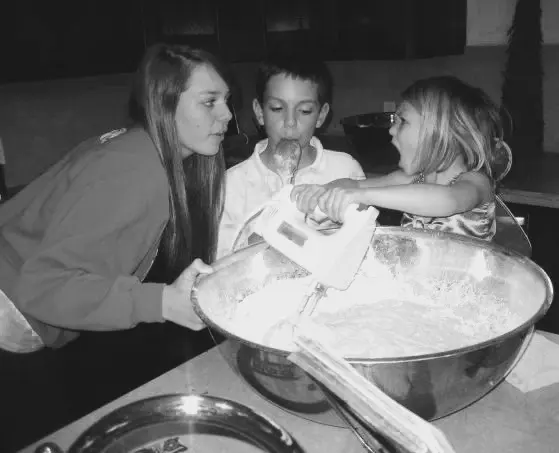How My Photography Inspired Belonging
When I was in college, I had a little red Canon camera that I often wore around my neck. There are probably rolls of film that never got developed, but I’m grateful for the ones that did, as they capture that era in L.A. with my college friends: hanging out in our room at the Theta house, dancing at Al’s Bar, sitting on the fountain in front of Doheny.
In the months following the birth of my first child, I came across an article about photographing children that emphasized capturing them candidly in everyday life, as opposed to posed portraits. It was a simple concept, but somewhat unique in the early ’90s (given that it was before the advent of digital photography and meant developing rolls of film of ordinary days). But it made sense to me as a way to chronicle life. I got a better camera and started reading about documentary photography, which became of passion of mine. I love to take photos of live music, my hometown, and of course, my family. My first child is now 32 and is still a frequent subject of my photography.
My love for documentary photography carried over into Belonging. The book opens in Jenny’s junior high photography class, where her teacher encourages his young students to “notice what you notice.” Images captured throughout the novel—from the picture Billy snaps of Jenny the day of the dust storm, to the photos Jenny takes chronicling the people around her in their most natural and authentic environments, become images that tell the story of this very specific place and time.
Gallery
From The Novel
“Inspired by the book and the assignment, Jenny began photographing everyone who came to visit her and everything that captured this time and place. She photographed Heather braiding her hair in front of the mirror; Henry sprawled across her bed, reading from the journal he kept for Miss Wilson’s English class; Billy backlit in her window seat. She photographed the donuts her father left on her nightstand, the birds on the rooftop waiting for her to feed the donuts to them. She photographed her favorite passages from Our Town, the book assigned for English, highlighted in yellow, words that made her feel something. She felt as if her desire to chronicle and capture time, people, places was not unlike Emily’s at the end of the play, when, in death, she pleads with the living to stop and look at everything.
This photo assignment also gave her a different way of seeing her own life, and she began to uncover truths that she maybe did not want to discover. For example, with the camera as her ally, she learned that plenty of people were worried about her mother’s ability to care for a gravely ill child. She took photos of Nonna sitting on the cot she’d set up in her room, so she could watch over her at night; of her father at his makeshift desk in his workshop, so he could work from home; and of her tutor holding an open folder in her lap, not realizing there was a visible note inside that said concern about neglect.”

